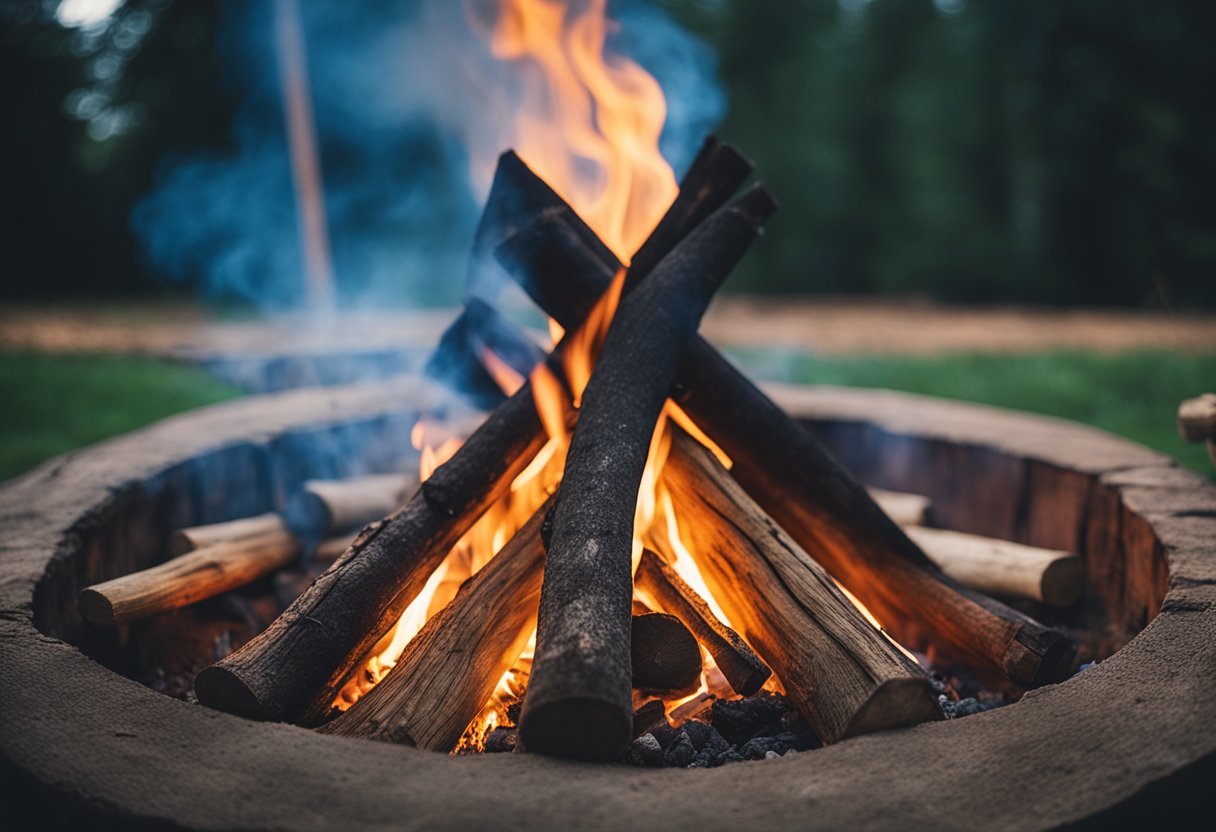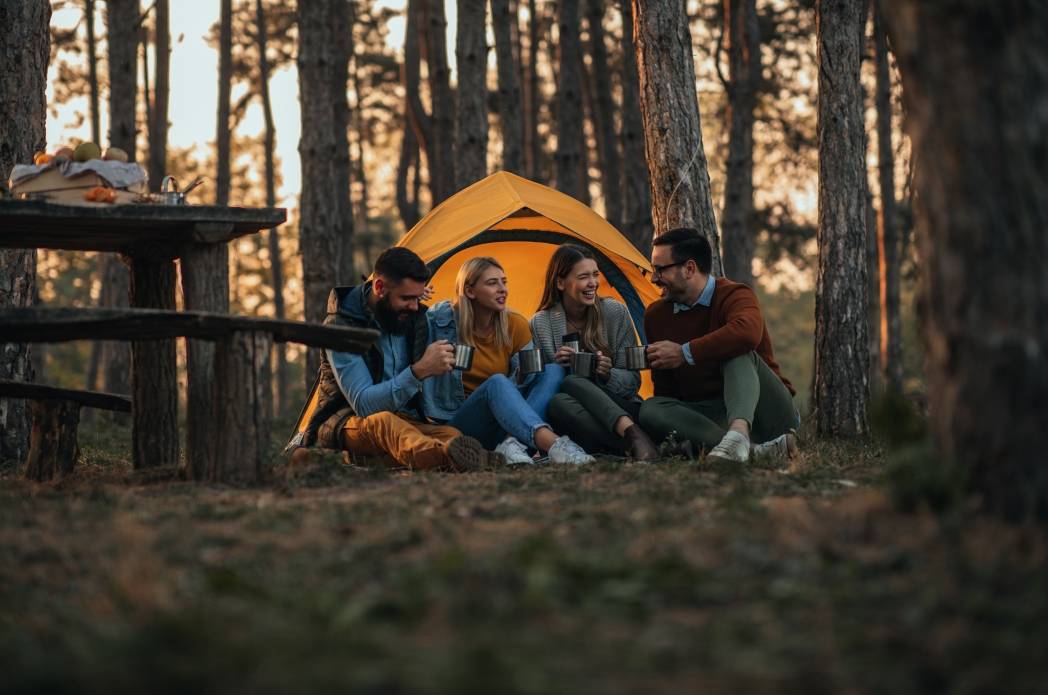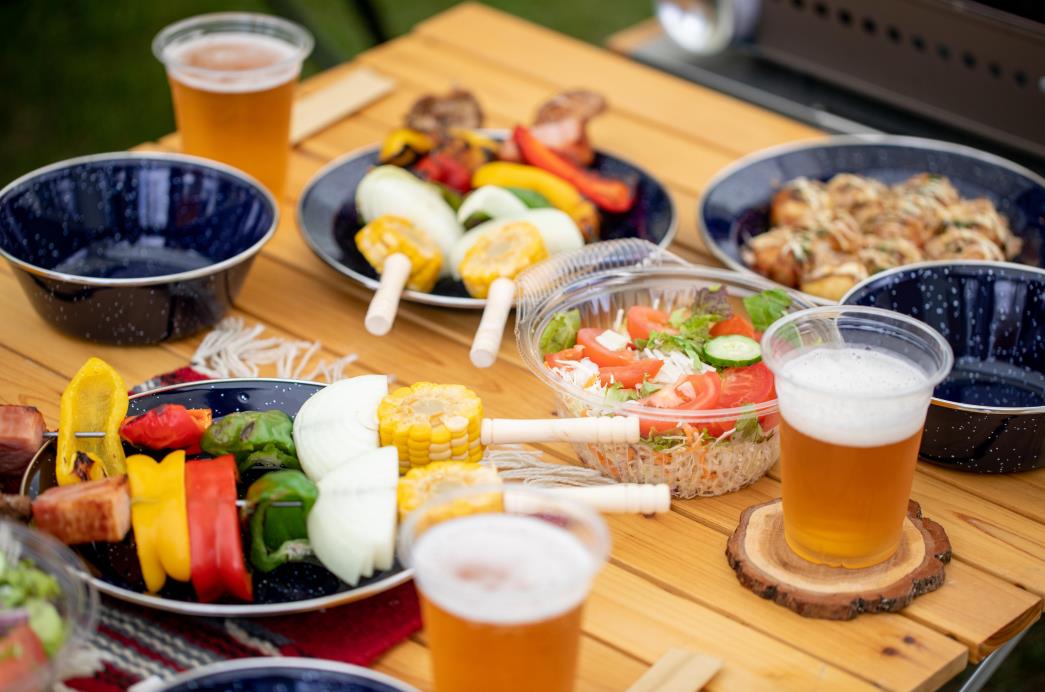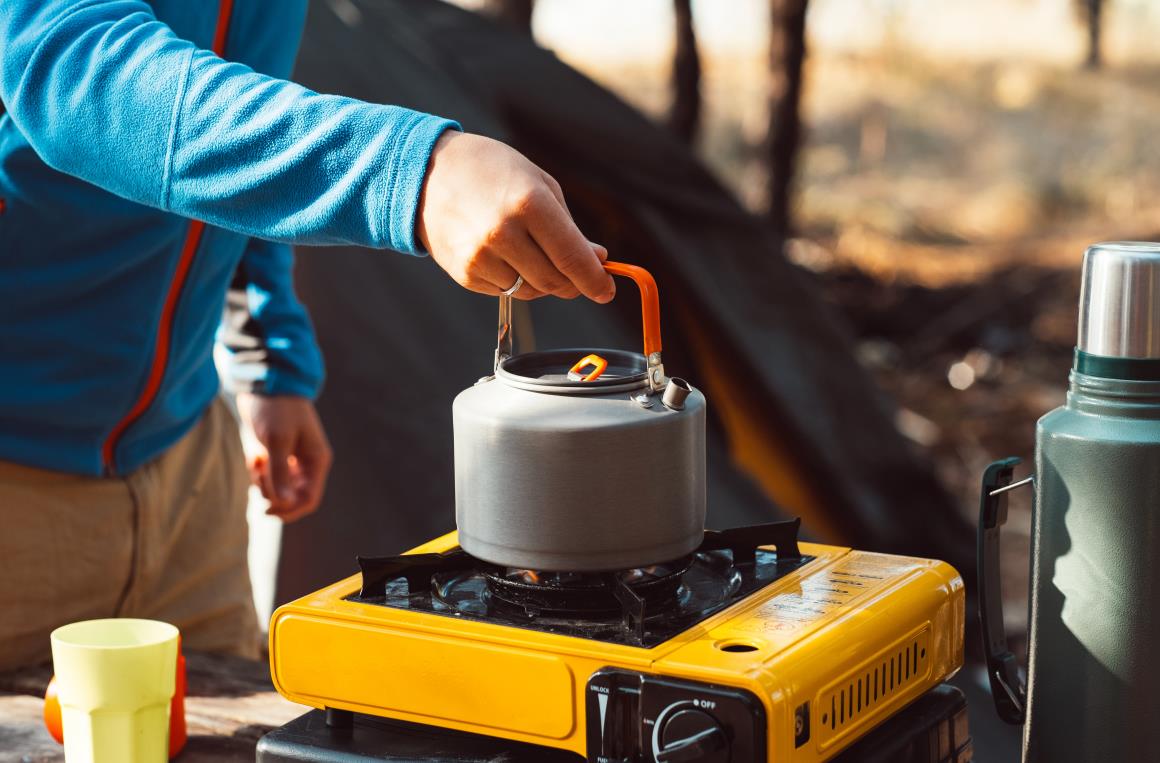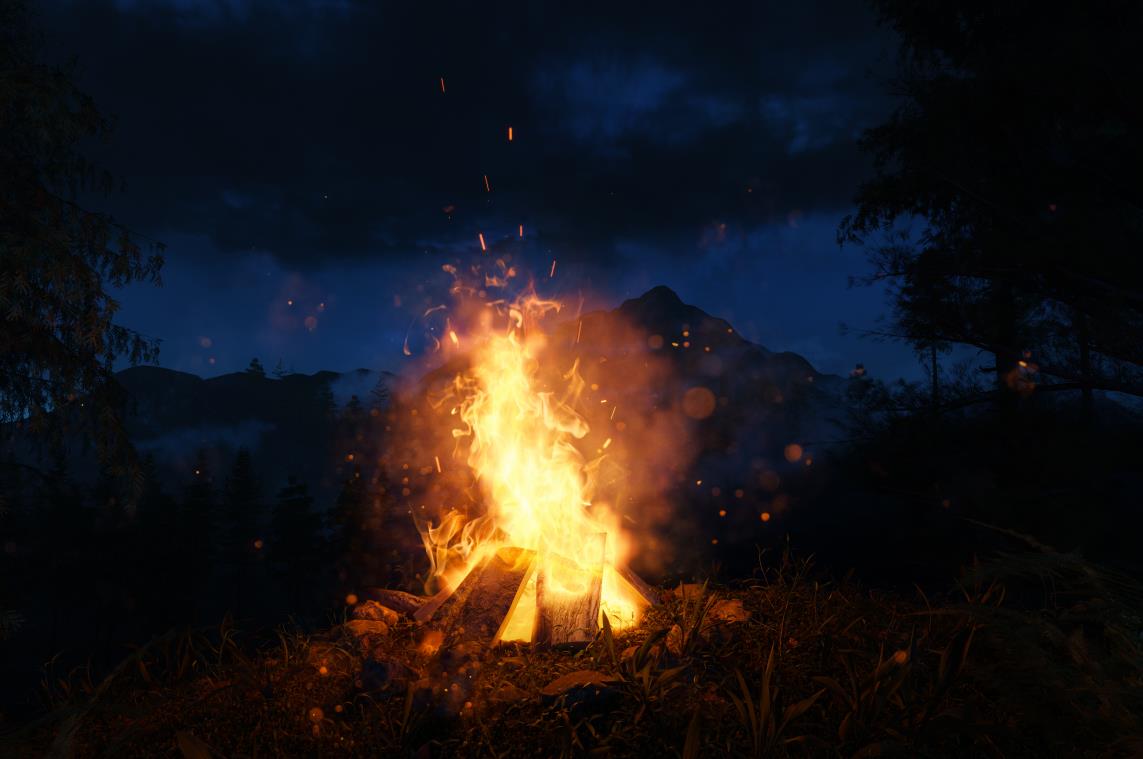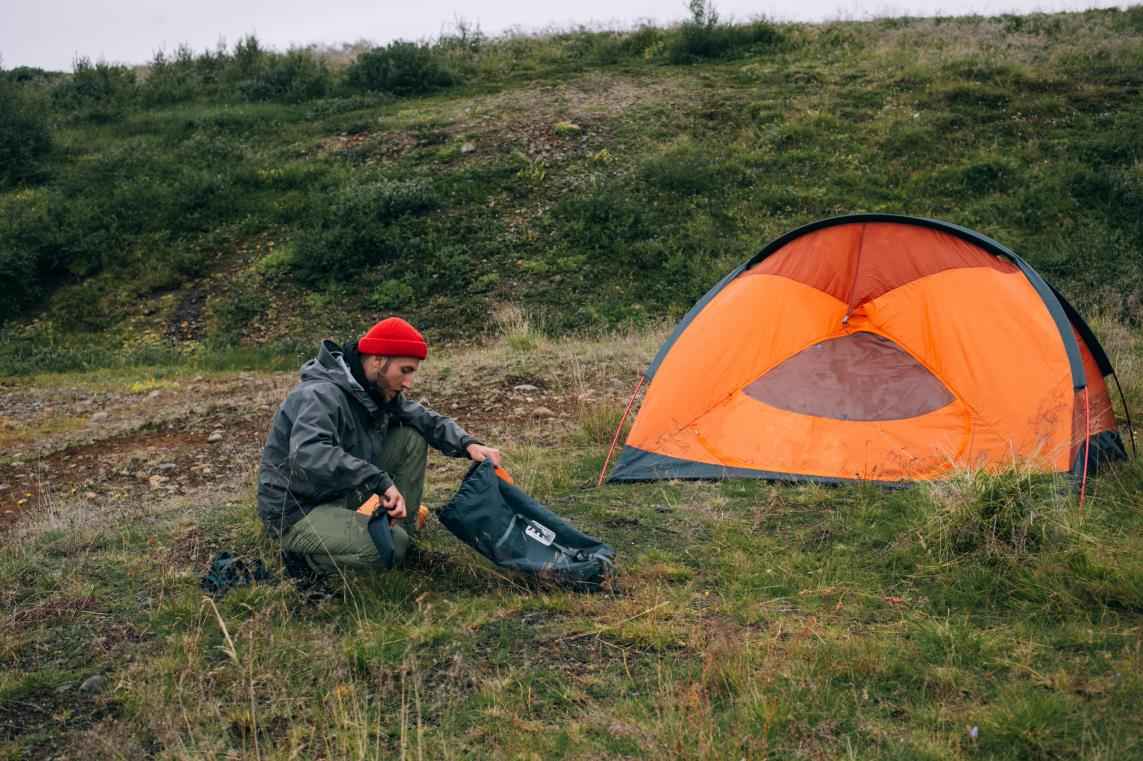Nobody wants spoiled sandwiches or soggy chips laying around the camp. That broth you carefully cooked with your nana’s secret recipe should not go to waste due to poor storage conditions.
Don’t worry, this article will talk about the necessary tips and tricks to store food at your campsite. Helping you navigate the methods of camping food storage like a seasoned pro.
We’ll walk you through some pointers to pack food beforehand, store them amidst the wilderness, and how to dispose of the waste. Let’s ensure your taste buds and tummy are always happy throughout your outdoor escapades!
Table of contents
What to look for in a food storage system
Firstly, we should understand some key factors in establishing a competent food storage system. And realize which factors we should pay attention to the most:
Protection from Insects
One of the biggest challenges when storing food outdoors is keeping it safe from unwanted guests like ants, flies, and other insects. Look for storage containers or bags with airtight seals to create a barrier against these persistent critters. Investing in containers with sturdy lids or zip-lock bags can help keep your food bug-free and prevent any unwelcome surprises when it’s time to eat.
Prevent Waste and Spoilage
Nothing spoils a camping trip faster than discovering that your carefully prepared food has gone bad. To avoid waste and spoilage, opt for storage solutions that offer insulation and temperature control. Look for coolers or insulated bags that can keep perishable items, like meat and dairy products, at safe temperatures. Additionally, consider using freezer packs or ice packs to maintain freshness for longer periods. More on this later.
Space Optimization
When packing for a camping adventure, space is often at a premium. Choose storage containers that are stackable or collapsible. These tools can make the most of the limited space in your camping gear. Consider utilizing reusable silicone bags or nesting storage containers that can be easily packed away when not in use. Efficient space management ensures that you have ample room for all your camping essentials while keeping your food organized and accessible.
By prioritizing protection from insects, waste spoilage prevention, and space optimization, you’ll be well on your way to finding the perfect food storage system for your camping needs. Now that we’ve covered what to look for in a food storage system, what about packing food before the trip?
Packing food before the trip
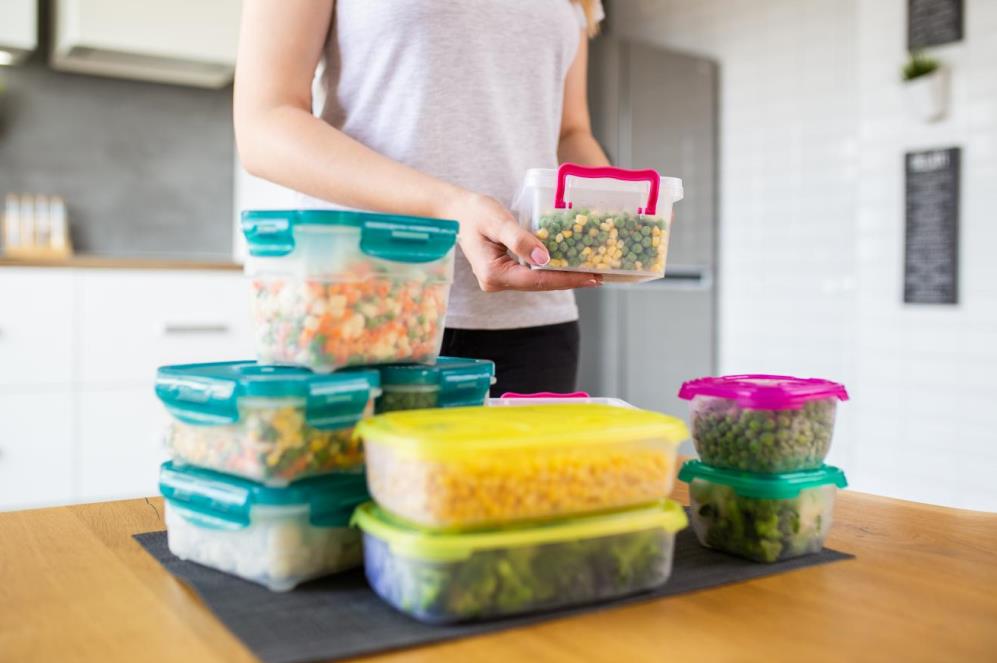
Packing all your ingredients safely and transporting them to the campsite is not that easy of a task. You want to properly store them at the back of your trunk or backpack to maintain freshness, convenience, and ensure you have snacks at your fingertips. Here are our tips for you to prepare food before the trip, and some tools to utilize:
Plan your meals
Start by planning your camping menu in advance. You’ll want to follow these tips while doing so:
- Consider the duration of your trip. Based on that to determine how many meals you’ll need to prepare.
- Opt for meals that are more convenient to cook outdoors, those that require minimal ingredients. This will help you streamline your packing process and avoid unnecessary food waste.
- Prepare complex dishes in advance. Chop vegetables, marinate meats, or pre-cook certain dishes that can be easily reheated over the campfire or camp stove. Package them in individual containers or zip-lock bags for convenient mealtime assembly.
Choosing containers
- Select sturdy, airtight containers that are suitable for the type of food you’ll be storing.
- For dry goods like snacks, cereals, and spices, resealable plastic bags or lightweight plastic containers work well.
- Perishable items need to be stored inside of leak-proof and insulated containers. Their temperature should always be watched to maintain freshness.
One thing people don’t talk about enough is zip-lock bags. They are versatile, lightweight, and great for portioning out ingredients or storing leftovers. Use them to pack individual servings of snacks, pre-chopped vegetables, or marinated meats. They not only save space but also make it easy to access and organize your food.
How to pack your food
When loading your camping gear, start by packing non-perishable items like canned goods, dried fruits, and dehydrated meals. These items can withstand varying temperatures and won’t spoil easily. Place them at the bottom of your backpack or cooler to create a stable base.
To prevent cross-contamination and the risk of foodborne illnesses, always store raw and cooked foods separately. Place raw meats and seafood in leak-proof bags or containers to avoid any potential drips or leaks that could contaminate other food items.
Remember, proper packing and storing of food before your camping adventure can make a world of difference. It ensures that you have easy access to ingredients, minimizes waste, and helps maintain food safety.
Best camping knives
True cutting power in the palm of your hand
How to store camping food
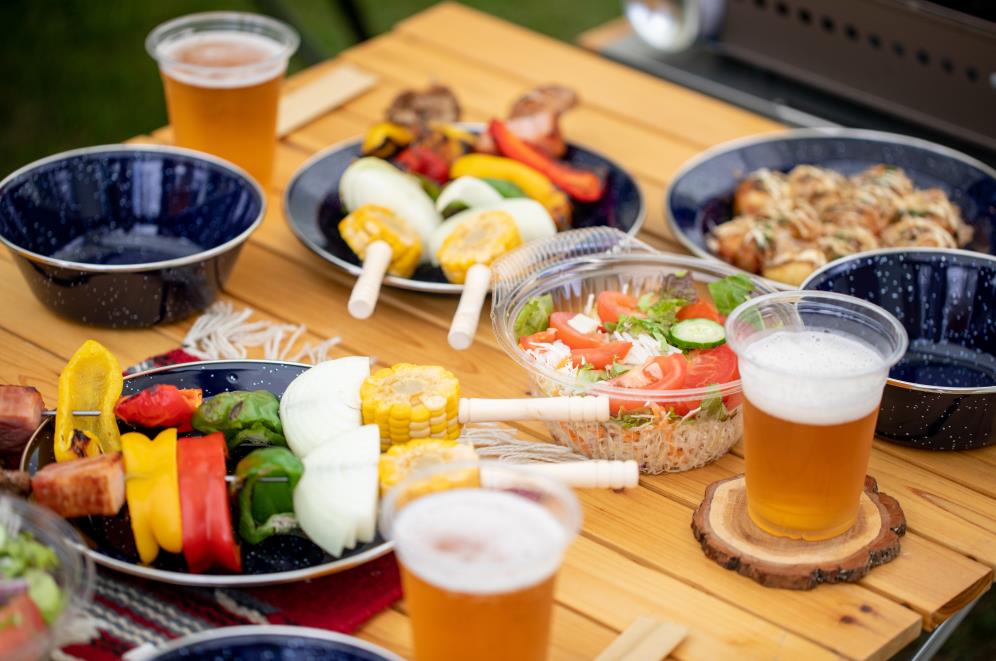
Now comes to the main subject of this article, let’s talk about how to store your camping food easily during the trip. How to keep them fresh, prevent spoilage, and deter unwanted critters from raiding your provisions. Here are the tips to store your food both during the day and night:
During the Day
During the day the weather may heat up. We suggest investing in a good-quality cooler with insulation. The coolers are used to keep perishable items from spoiling in the heat. Here are some tips while using them to store food safely outdoor:
- Pack the cooler with ice packs or ice cubes to maintain the desired temperature. Consider using separate coolers for food and beverages to minimize temperature fluctuations.
- Layering your cooler strategically can enhance efficiency. Place the items you’ll need later at the bottom and those you’ll access frequently on top. This reduces the need to dig through the cooler and helps maintain a consistent temperature inside.
- Minimize opening the cooler. Opening the cooler frequently allows warm air in and cold air out, leading to quicker ice melt and potential food spoilage. Plan ahead and retrieve all necessary items in one go to keep the cooler’s contents well-preserved.
- Lastly, divide your cooler into different food zones to minimize cross-contamination and make it easier to find items. Store raw meats and seafood in sealed bags or containers and place them in a separate zone to avoid any potential leakage onto other foods. Keep ready-to-eat foods, like sandwiches and snacks, in a separate zone for easy access.
During the Night
The number one thing you should look out for at night is to secure the food from wildlife and critters. To keep your food and yourself safe, here are some methods to try:
- Use bear-resistant containers or hang food bags from a sturdy tree branch, away from your sleeping area. This practice helps deter animals and prevents them from getting a midnight snack at your expense.
- Keep your food elevated; If you’re in an area with climbing critters like raccoons, elevate your food off the ground. Use a rope or pulley system to hoist a food bag or container high enough that animals can’t reach it.
- Food odors can also attract animals, so be mindful of strong-smelling items. Double-bagging or using airtight containers can help contain odors and minimize the risk of unwanted visitors. For highly aromatic foods or items like spices and toiletries, consider using smell-proof bags. These bags help mask scents and prevent wildlife from being lured by enticing smells.
By implementing these specific tips and tricks for food storage during the day and night, you can ensure your meals remain fresh, intact, and safe from hungry critters.
How to pack leftovers for disposal or transport
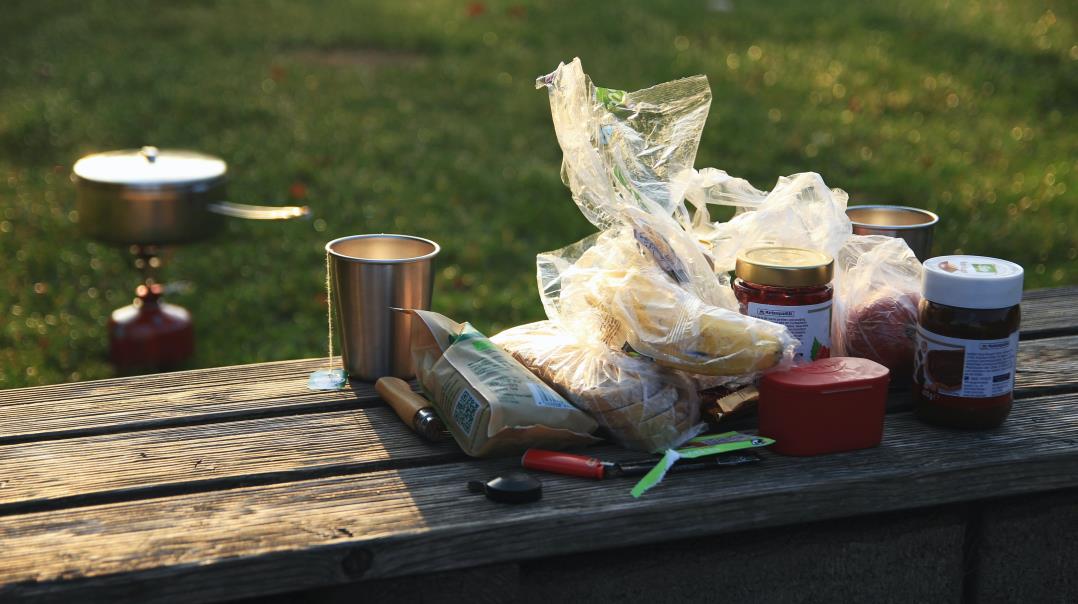
When it’s time to bid farewell to the campsite, effectively packing leftovers is essential to minimize waste and maintain cleanliness for your departure. Here’s how you can pack leftovers for disposal or bring them home:
- Assess Food Safety: Before packing leftovers, evaluate their freshness and safety. Discard any perishable items that have been left out for too long or have exceeded safe temperature limits. It’s better to err on the side of caution to avoid any potential foodborne illnesses.
- Separate and Package: Separate leftovers into individual portions and place them in airtight containers or zip-lock bags. This not only helps with portion control but also keeps the food well-sealed and prevents leaks during transport.
- Label and Date: To maintain organization and prevent confusion, label each container or bag with the contents and the date they were prepared. This will make identifying and prioritizing leftovers easier when it’s time to consume or dispose of them..
- Keep a Cooler Ready: If you’re planning to bring leftovers home, make sure to have a clean and empty cooler ready for transport. Place the containers or bags inside the cooler along with ice packs to maintain a safe temperature during the journey.
- Proper Disposal: If you’re unable to bring leftovers home or they have spoiled beyond consumption, it’s important to dispose of them properly. Check the camping area’s guidelines for waste disposal and follow the recommended methods. This may involve using designated garbage bins, packing leftovers in sealed bags, or carrying them out of the campsite entirely.
- Leave No Trace: Always prioritize Leave No Trace principles when disposing of food waste. Avoid leaving scraps or food particles behind that could attract animals or disrupt the natural environment. Pack any food waste securely and dispose of it in the designated areas provided.
You should always leave the campsite in the same pristine condition you found it. With these tips in mind, you’re well-equipped to handle leftover food efficiently and responsibly.
Conclusion
As your camping adventure comes to an end, take pride in knowing that you’ve not only enjoyed delicious meals but also demonstrated respect for nature and practiced responsible food management. By properly disposing of food waste and adhering to Leave No Trace principles, you can help preserve the beauty of our natural environments for future generations to enjoy.
Looking for more camping guides? We have dedicated tutorials for your camping needs over here. If you are looking for a robust, handmade kitchen knife to join your camping adventures, don’t miss out on our collection!







